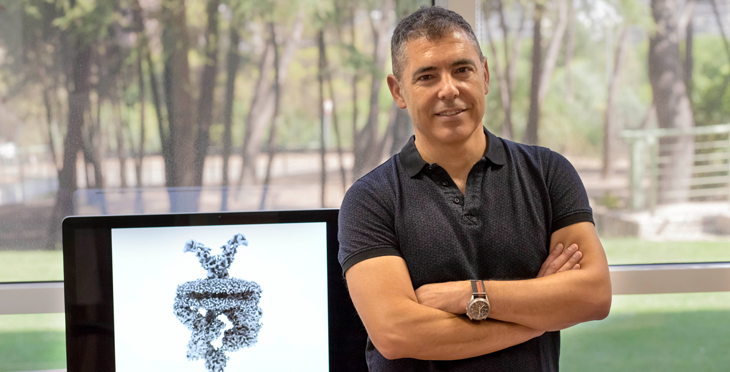Using cryo-electron microscopy to study molecular mechanisms in cancer

Single-molecule Cryo-electron microscopy (cryo-EM) is revolutionising biological research because individual molecules can now be visualised and analysed at high resolution, revealing their structure and how they work. In my talk, I will summarise for non-experts how cryo-EM works. Then, I will present some of our current work in the lab with special attention to our studies about the function of RUVBL1 and RUVBL2 ATPases in the assembly and activation of several large complexes.
RUVBL1 and RUVBL2 are two highly conserved AAA+ ATPases that are essential for several cellular processes relevant in cancer, including Fanconi Anemia, chromatin remodeling, nonsense-mediated mRNA decay (NMD) and the assembly and activation of several large macromolecular complexes such as the those formed by mTOR and ATR kinases. We now dedicate a significant effort to understand how RUVBL1 and RUVBL2 work to regulate these processes by combining molecular biology, biochemistry and structural biology.

